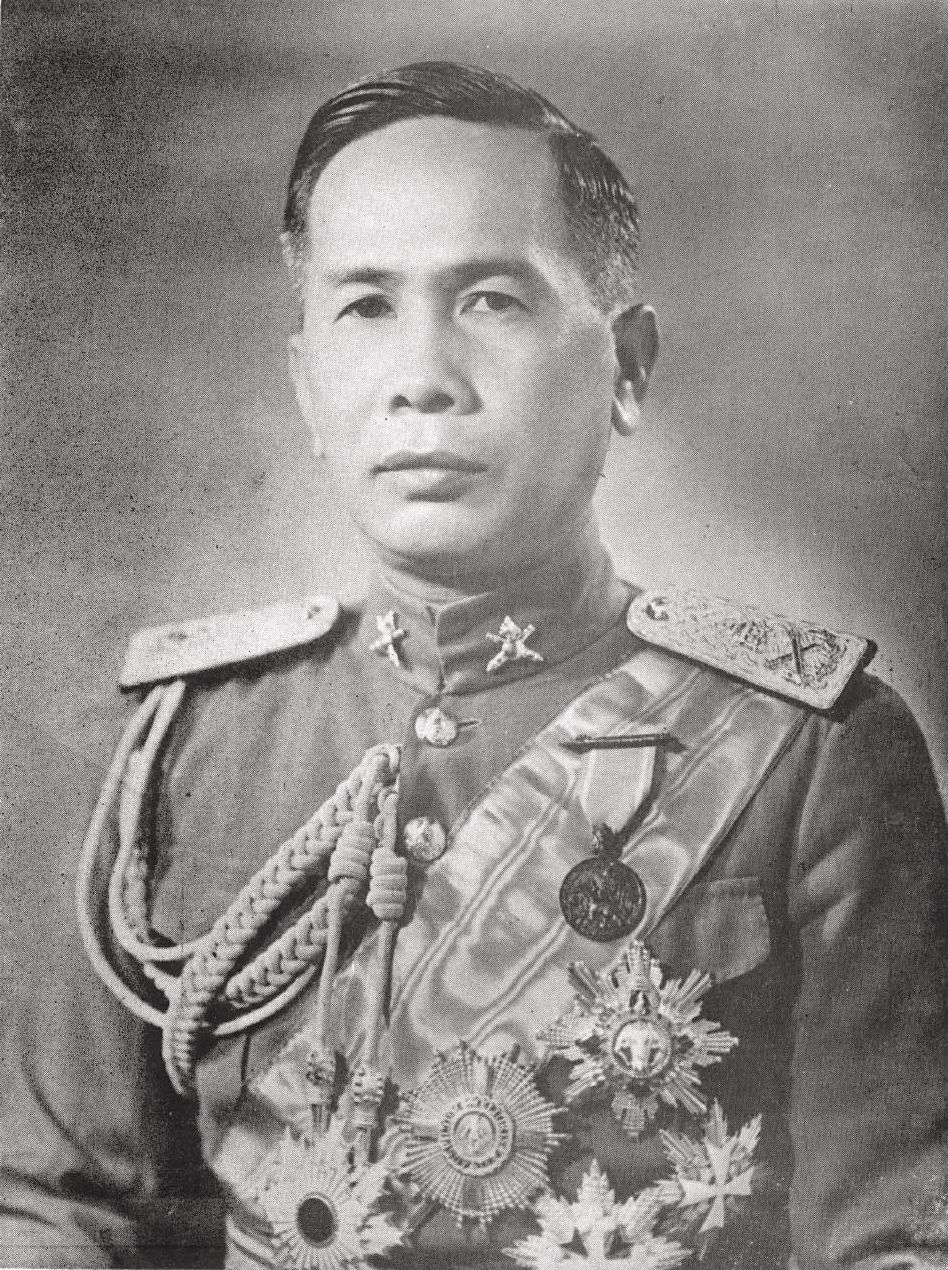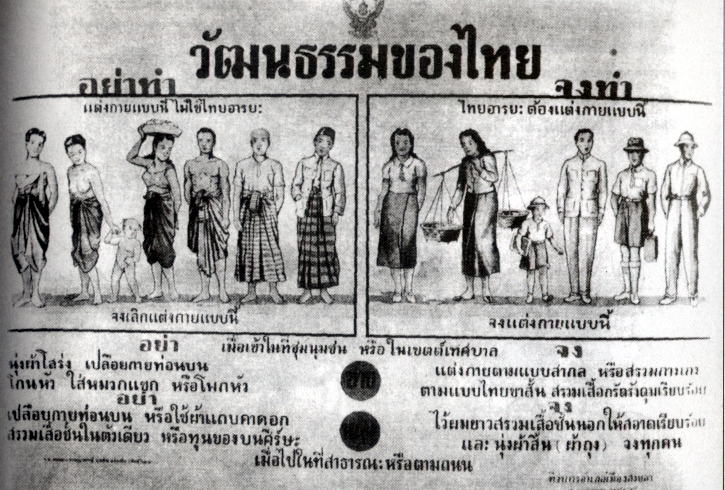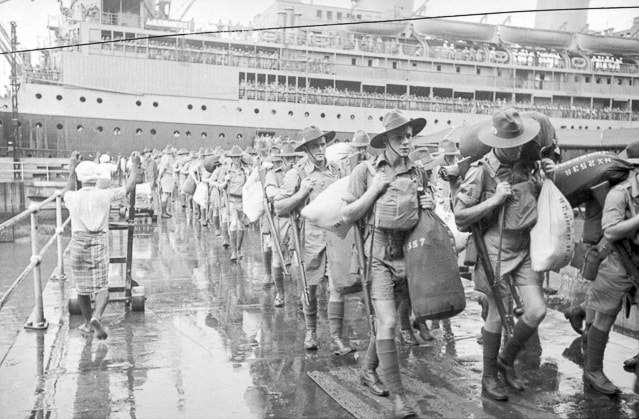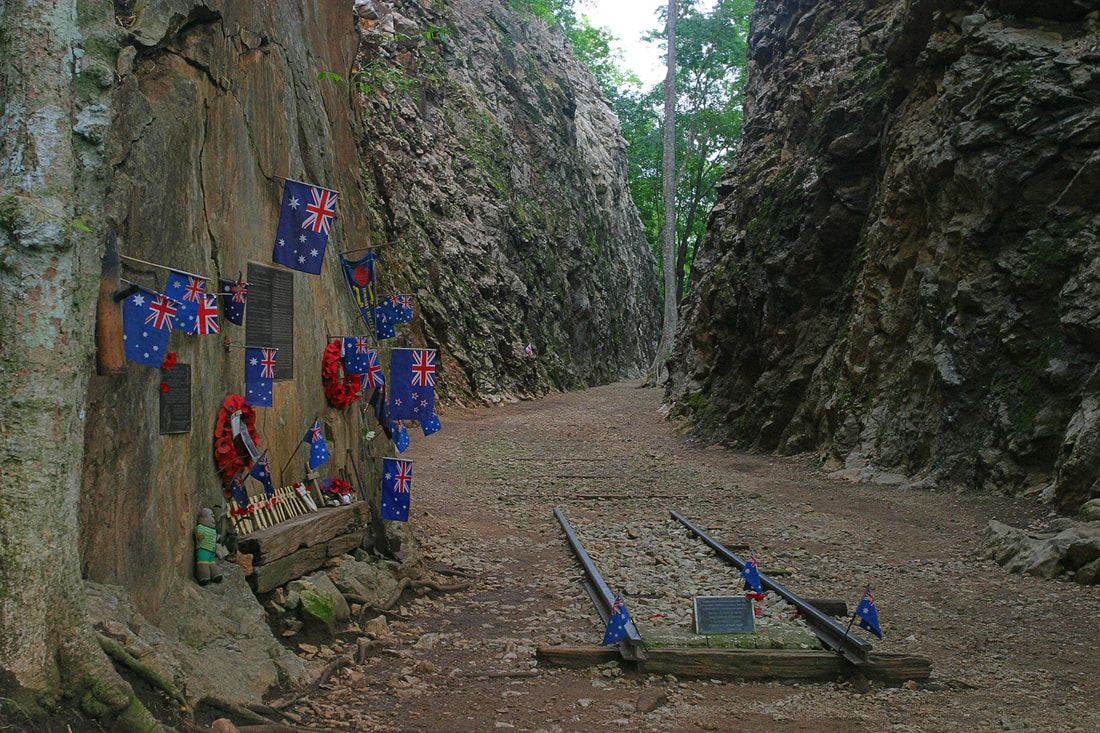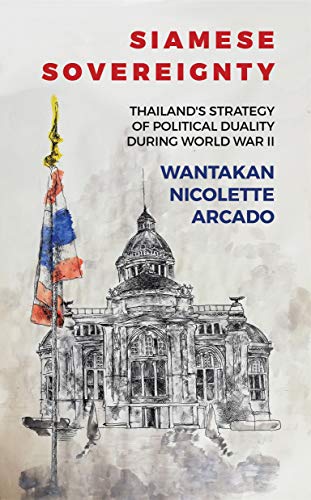- Home
- Stories
-
Internship
- Summer 2024 Internship
- Summer 2023 Internship
- Fall 2022 Internship
- Summer 2022 Internship
- Summer 2021 Internship
- Fall 2020- Spring 2021 Internship
- Summer 2020 Internship
- Fall 2019 Internship
- Summer 2019 Internship >
- School Year 2018-2019 Internship
- Summer 2018 Internship >
- Fall 2017 Internship
- Summer 2017 Internship >
- Books
- Archives
-
Resource Page
-
Supplementary Research Guides
>
- Unit 731 - Guide >
-
Philippines' Resistance - Guide
>
- Philippines World War II Timeline
- The Japanese Invasion & Conquest of the Philippines
- Bataan Death March
- Formation of Underground Philippines Resistance
- Supplies of the Guerrilla Fighters
- The Hukbalahap
- Hunter's ROTC
- Marking's Guerrillas
- United States Army Forces in the Philippines of Northern Luzon (USAFIP-NL)
- The Aetas
- Chinese and Filipino-Chinese Nationalist Guerrilla Units
- The Female Faces of the Philippine Guerrillas
- Rising Sun Flag - Guide >
- Pinay Guerrilleras - Guide >
- Fall of Singapore - Guide >
- Three Years and Eight Months - Guide >
- Siamese Sovereignty - Guide >
- The Khabarovsk War Crimes Trial - Guide >
- Unit 731 Cover-up : The Operation Paperclip of the East - Guide >
- Marutas of Unit 731 - Guide >
- Prince Konoe Memoir - Guide >
- Competing Empires in Burma - Guide >
- Battle of Shanghai - Guide >
- Ishi Shiro - Guide >
- Taiwan The Israel of the East - Guide >
- Seeking Justice for Biological Warfare Victims of Unit 731 - Guide >
- Rice and Revolution - Guide >
- Clash of Empires - Guide >
-
Hunger for Power and Self-SufficiencyI - Guide
>
- The Influence of War Rations on Post-War Culinary Transformations
- How World War II Complicated Food Scarcity and Invention
- American Military Innovations
- Government-Sponsored Food Inventions in Europe during World War II
- Feeding the Army: The Adaptation of Japanese Military Cuisine and Its Impact on the Philippines
- Mixed Dishes: Culinary Innovations Driven by Necessity and Food Scarcity
-
Denial A Quick Look of History of Comfort Women and Present Days’ Complication - Guide
>
- The Comfort Women System and the Fight for Recognition
- The Role of Activism and International Pressure
- The Controversy over Japanese History Textbooks
- The Sonyŏsang Statue and the Symbolism of Public Memorials
- Activism and Support from Japanese Citizens
- The Future of Comfort Women Memorials and Education
- Echoes of Empire: The Power of Japanese Propaganda - Guide >
- Lesson Plans >
-
Supplementary Research Guides
>
Domestic Policies: The Concept and Implementation of Thaification
Between 1939 and 1942, Phibun enacted a series of cultural mandates called the ‘state edicts of Thai society’ (รัฐนิยม). These edicts focused on defining and standardizing what it meant to be ‘civilized’ Thai individuals:
- The first edict, issued on June 24, 1939, officially changed the country’s name from Siam to Thailand, arguing that the country name should reflect the Thai race.
- The second theme involved assimilation. For the Phibun administration, this meant applying pressures and facilitation for ethnic minorities and non-Thai speaking individuals to prove their membership in the Thai national community. By 1942, a National Culture Commission was created to define, disseminate, and moralize Thai culture.
- The third theme involved unity, and distinctions between those from the ‘northern eastern’, ‘southern’, or other areas were no longer described or used. Popular songs that sang to the distinction of different communities were either banned or had words censored for the sake of reimagining Thais as a single, homogeneous entity.
- The fourth theme was progress, which focused on becoming self-reliant as well as incentives to buy and invest in Thai goods.
- The last theme revolved around national security. Government-sponsored radio programs would broadcast news or slogans to help identity what activities can be deemed “treasonous and anti-national” and the punishments that would entail
Thai poster from the cultural mandate era demonstrating prohibited dress on the left and proper dress on the right.
By Government of Thailand. - Thai Government poster, Public Domain, https://commons.wikimedia.org/w/index.php?curid=4656662
By Government of Thailand. - Thai Government poster, Public Domain, https://commons.wikimedia.org/w/index.php?curid=4656662
Phibun and his administration also moved to push for economic nationalism. These policies, in particular, took a toll on the ethnic Chinese population and such Anti-Chinese sentiment on the economic front was a result of two elements. The first was the growing realization that large amounts of money were being remitted back to China by Chinese Thais, constituting a substantial drain on the Thai economy. The second element was in relation to the growing anti-Japanese movement in Chinese Thai communities. Beginning during the 1937 Sino-Japanese War, Chinese Thai communities organized a series of boycotts against Japanese goods. As Japan had gradually become a major trading partner to Thailand after the signing of the 1941 Free Passage declaration, Phibun and his administration believed that the boycotts would harm the Thai economy and threaten foreign relations. In response, Phibun’s government took over Chinese-run businesses. New or renewed contracts would then go to ethnic Thais or ethnic Chinese businessmen who were close to the administration. Other restrictions and systematic discrimination experienced by ethnic Chinese were unfair taxes, limited job opportunities, Chinese school closures, the abolishment of Chinese newspapers, and an unfair annual alien registration fee.
Lastly, the most impactful and consequential domestic policy to ever come out of the Phibun administration is the consolidation of political power in the Thai military. Furthermore, he approved legislation that postponed democratic transition for another ten years, preserving the seats and ranks of non-elected officials as well as spearheaded expansionist activities to reclaim formerly lost territories in Laos and Cambodia.
On top of centralizing his power, he had built a cult of personality around himself, advertising his images throughout the country, from billboards to newspapers. Slogans like ‘One nation, Thailand, one nation, Phibun Songkhram, one aim, victory’ and ‘Our Nation’s Security Depends on Believing in Our Leader’ as well as topics that spoke to irredentism to military exceptionalism were constantly blasted over the radio. Phibun’s centralization of power in Bangkok was especially detrimental to sub-national territories, especially in the indigenous or ethnic Malay Muslim areas, who were now deprived of their ability to determine their local laws, attend religious schools and services, and elect provincial representatives. These actions would later lead to the issue of ethnic fractionalization, prolonged conflict, and violence in Thailand’s Deep South for years to come.
Lastly, the most impactful and consequential domestic policy to ever come out of the Phibun administration is the consolidation of political power in the Thai military. Furthermore, he approved legislation that postponed democratic transition for another ten years, preserving the seats and ranks of non-elected officials as well as spearheaded expansionist activities to reclaim formerly lost territories in Laos and Cambodia.
On top of centralizing his power, he had built a cult of personality around himself, advertising his images throughout the country, from billboards to newspapers. Slogans like ‘One nation, Thailand, one nation, Phibun Songkhram, one aim, victory’ and ‘Our Nation’s Security Depends on Believing in Our Leader’ as well as topics that spoke to irredentism to military exceptionalism were constantly blasted over the radio. Phibun’s centralization of power in Bangkok was especially detrimental to sub-national territories, especially in the indigenous or ethnic Malay Muslim areas, who were now deprived of their ability to determine their local laws, attend religious schools and services, and elect provincial representatives. These actions would later lead to the issue of ethnic fractionalization, prolonged conflict, and violence in Thailand’s Deep South for years to come.
International Policies: The Birth of the Siamese-Burma Railroad
The Japanese position in the Pacific was beginning to waver. After the Battle of Midway and the Battle of the Coral Sea in 1942, passages to the Andaman Sea and the Bay of Bengal were now occupied by Allied forces. Japan needed an alternative supply route to sustain a successful campaign in Burma. They turned towards mainland Thailand and planned to build a railway connecting Thailand and Burma. Ignoring the Geneva Protocol that forbids using POWs for forced labor, degradation, or punishment, Japan gathered captured Allied POWs from Singapore and Indonesian prison camps and immediately put them to work.
Australia’s 8th Division disembarking into Singapore. Troop members either died defending posts in Malaya and Singapore or died in captivity working as POWs on the Thai-Burmas Railway.
By Nichols, Melmer Frank - This tag does not indicate the copyright status of the attached work. A normal copyright tag is still required. See Commons:Licensing for more information., Public Domain, https://commons.wikimedia.org/w/index.php?curid=6297654
By Nichols, Melmer Frank - This tag does not indicate the copyright status of the attached work. A normal copyright tag is still required. See Commons:Licensing for more information., Public Domain, https://commons.wikimedia.org/w/index.php?curid=6297654
Although officially known as the Thai-Burma Railway or the Siam-Bumas Railway, the nickname “Death Railway” was adopted due to the terribly high number of POWs and Asian laborers who died constructing the war-time infrastructure. Though records vary, approximately 14,000 Allied POWs and 90,000 Asian laborers lost their lives either due to horrific work conditions, starvation, vitamin deficiency, malaria, or dengue fever.
The cutting at Hellfire Pass was one of the most difficult (and deadly for POWs) sections to build
By Diliff - Own work, CC BY-SA 2.5, https://commons.wikimedia.org/w/index.php?curid=894525
By Diliff - Own work, CC BY-SA 2.5, https://commons.wikimedia.org/w/index.php?curid=894525
SIAMESE SOVEREIGNTY
|
|
Thai-Japanese Relation
|
Free Thai Movement
|
Background image: The cutting at Hellfire Pass was one of the most difficult (and deadly for POWs) sections to build
By Diliff - Own work, CC BY-SA 2.5, https://commons.wikimedia.org/w/index.php?curid=894525
By Diliff - Own work, CC BY-SA 2.5, https://commons.wikimedia.org/w/index.php?curid=894525
|
Pacific Atrocities Education
730 Commercial Street San Francisco, CA 94108 415-988-9889 |
Copyright © 2021 Pacific Atrocities Education.
We are a registered 501 (c)(3) charity. |
- Home
- Stories
-
Internship
- Summer 2024 Internship
- Summer 2023 Internship
- Fall 2022 Internship
- Summer 2022 Internship
- Summer 2021 Internship
- Fall 2020- Spring 2021 Internship
- Summer 2020 Internship
- Fall 2019 Internship
- Summer 2019 Internship >
- School Year 2018-2019 Internship
- Summer 2018 Internship >
- Fall 2017 Internship
- Summer 2017 Internship >
- Books
- Archives
-
Resource Page
-
Supplementary Research Guides
>
- Unit 731 - Guide >
-
Philippines' Resistance - Guide
>
- Philippines World War II Timeline
- The Japanese Invasion & Conquest of the Philippines
- Bataan Death March
- Formation of Underground Philippines Resistance
- Supplies of the Guerrilla Fighters
- The Hukbalahap
- Hunter's ROTC
- Marking's Guerrillas
- United States Army Forces in the Philippines of Northern Luzon (USAFIP-NL)
- The Aetas
- Chinese and Filipino-Chinese Nationalist Guerrilla Units
- The Female Faces of the Philippine Guerrillas
- Rising Sun Flag - Guide >
- Pinay Guerrilleras - Guide >
- Fall of Singapore - Guide >
- Three Years and Eight Months - Guide >
- Siamese Sovereignty - Guide >
- The Khabarovsk War Crimes Trial - Guide >
- Unit 731 Cover-up : The Operation Paperclip of the East - Guide >
- Marutas of Unit 731 - Guide >
- Prince Konoe Memoir - Guide >
- Competing Empires in Burma - Guide >
- Battle of Shanghai - Guide >
- Ishi Shiro - Guide >
- Taiwan The Israel of the East - Guide >
- Seeking Justice for Biological Warfare Victims of Unit 731 - Guide >
- Rice and Revolution - Guide >
- Clash of Empires - Guide >
-
Hunger for Power and Self-SufficiencyI - Guide
>
- The Influence of War Rations on Post-War Culinary Transformations
- How World War II Complicated Food Scarcity and Invention
- American Military Innovations
- Government-Sponsored Food Inventions in Europe during World War II
- Feeding the Army: The Adaptation of Japanese Military Cuisine and Its Impact on the Philippines
- Mixed Dishes: Culinary Innovations Driven by Necessity and Food Scarcity
-
Denial A Quick Look of History of Comfort Women and Present Days’ Complication - Guide
>
- The Comfort Women System and the Fight for Recognition
- The Role of Activism and International Pressure
- The Controversy over Japanese History Textbooks
- The Sonyŏsang Statue and the Symbolism of Public Memorials
- Activism and Support from Japanese Citizens
- The Future of Comfort Women Memorials and Education
- Echoes of Empire: The Power of Japanese Propaganda - Guide >
- Lesson Plans >
-
Supplementary Research Guides
>
